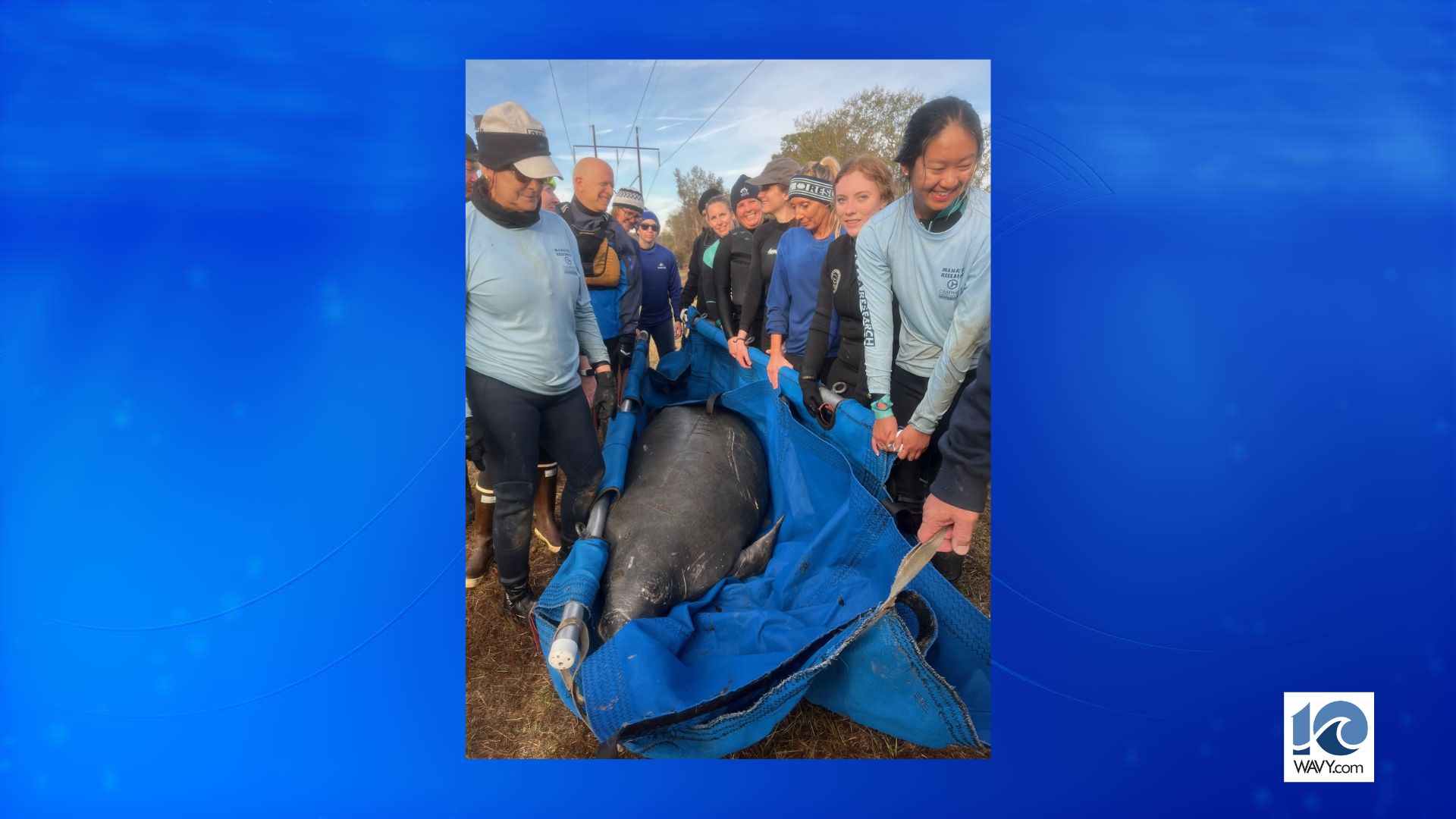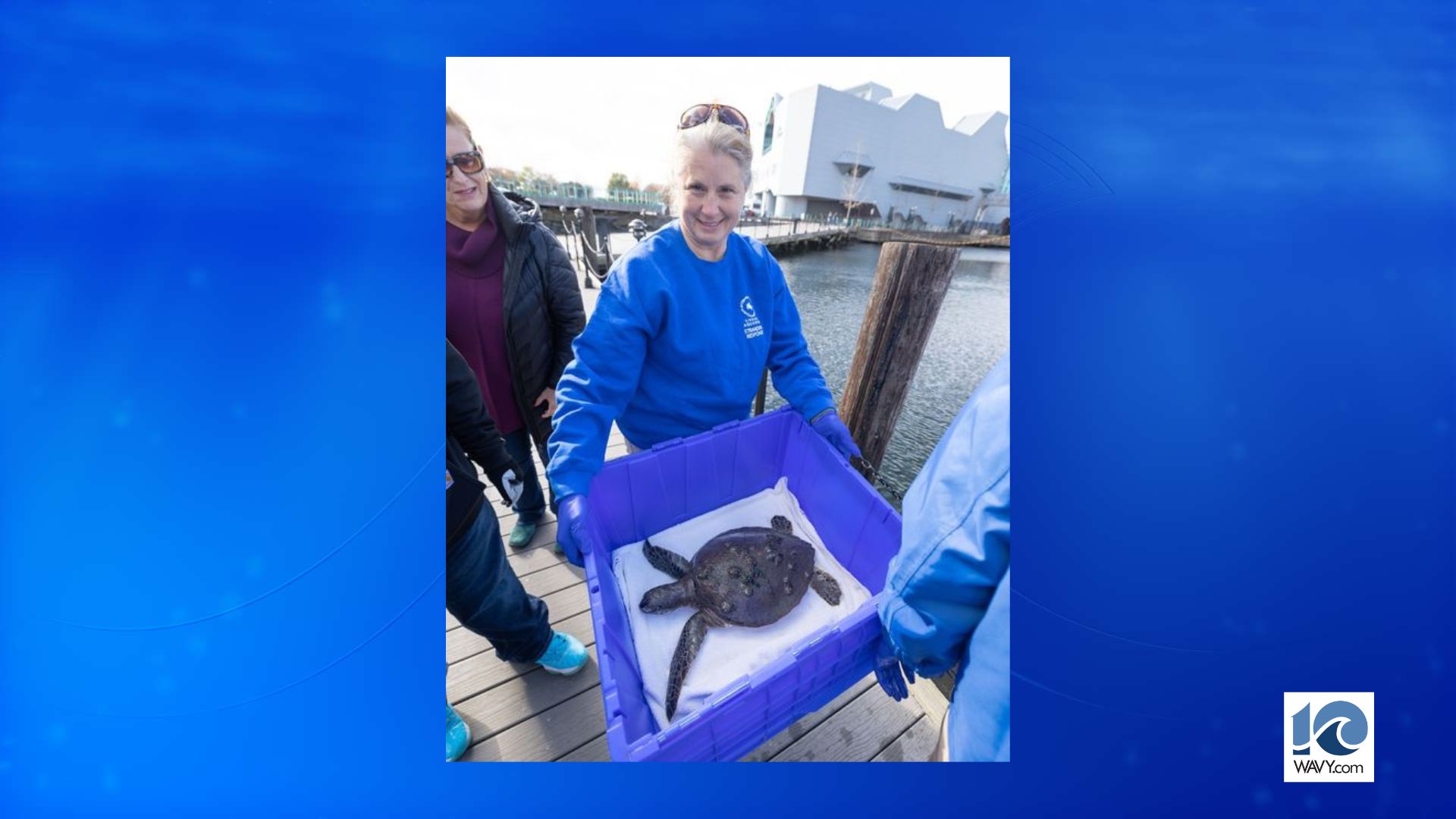TAMPA, Fla. (WFLA) — A tropical disturbance with a chance of development formed off the Florida Gulf coast on Tuesday morning.
An area of disorganized showers and thunderstorms is expected to move across Florida over the next day or so, dumping several inches of rain on the region.

Its chance of development, however, is low. The National Hurricane Center said the system has a zero percent chance of development in the next two days.
It has a 20% chance of “slow” development over the next seven days when it is offshore of the southeastern U.S. in the Atlantic.
Why is this hurricane season expected to be so active?
The 2024 hurricane season is expected to be an active season.
Both the Colorado (CSU) long term forecast and the NOAA season forecast predict the highest number of named storms and hurricanes than they ever have on record.
Several factors contribute to these above-average predictions and the sense that we will be very busy this fall tracking storms.

Warm waters in the Atlantic
Warmer seas surface temperatures provide a source of fuel for storms, often contributing to intensification. Warmer ocean temperatures mean the potential for more powerful hurricanes.
So far this year, our Atlantic sea surface temperatures are much warmer than average, closer to what we would expect to see in August. This leads us to believe that we will have more powerful hurricanes this year as well.
For every 3 degrees warmer the water is, stronger storms will be roughly around 20% stronger, especially in the strongest hurricanes. That means a storm with 150 mph winds would potentially have 180 mph winds with the warmer waters by 3 degrees. This does not consider any outside factors like wind shear, forward motion, or other potentially influential aspects.

Consider what we’ve seen with rapid intensification in regards to hurricanes Katrina and Rita – when each of these storms passed over a warm water eddy, an area of warmer water that broke free from the loop current and moved into the Gulf.
Both storms significantly intensified as a result of the warmer sea surface temperatures.

La Niña weather pattern
La Niña typically leads to increased hurricane activity in the Atlantic.
The cooler waters in the Pacific reduce the amount of vertical wind shear (the change in wind speed and direction with height) over the tropical Atlantic. Lower wind shear allows tropical storms to develop and intensify more easily.

Some of the most active hurricane seasons in the Atlantic have occurred during La Niña conditions.
For example, the record-breaking 2005 hurricane season, which included Hurricane Katrina, was influenced by La Niña conditions.


The Caribbean region often experiences more rainfall and storm activity during La Niña years. This can lead to more tropical storms forming in this region, which can then move into the Gulf of Mexico or along the eastern seaboard of the United States.







































